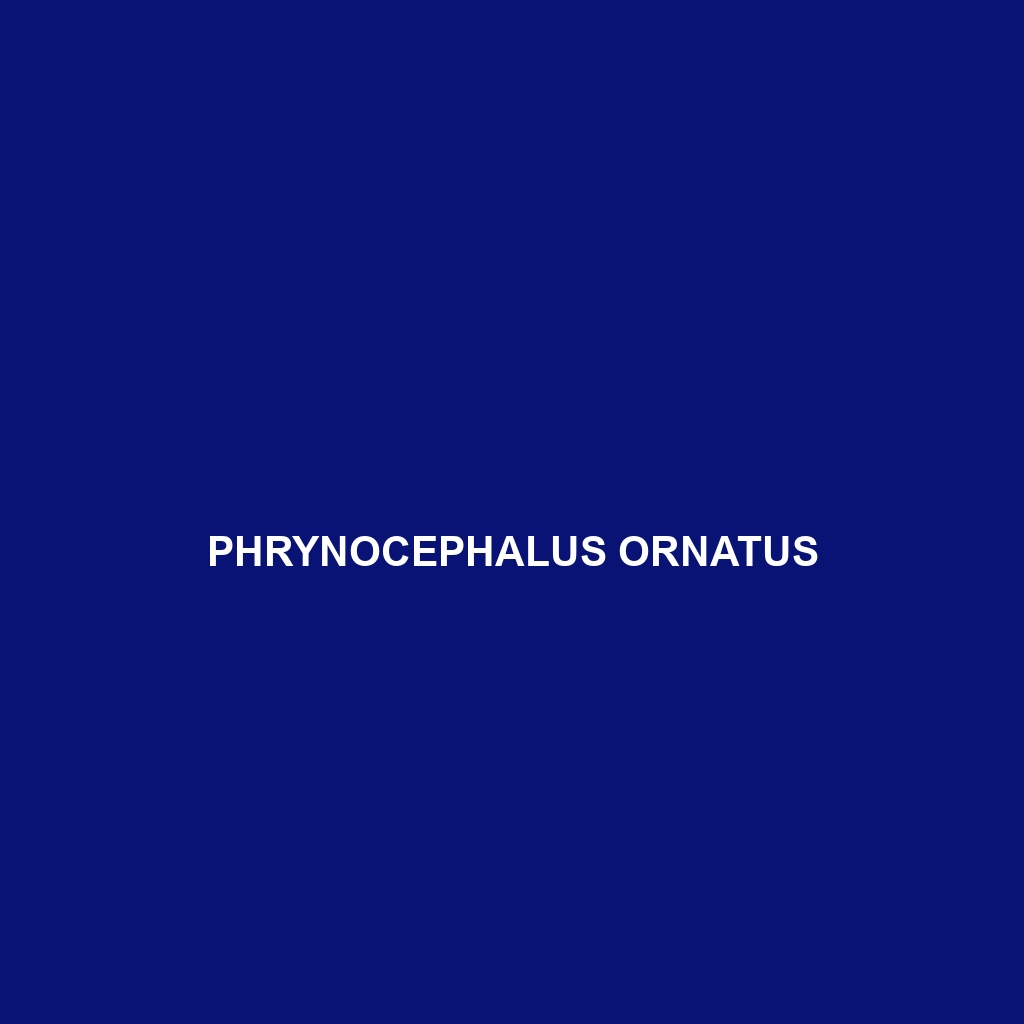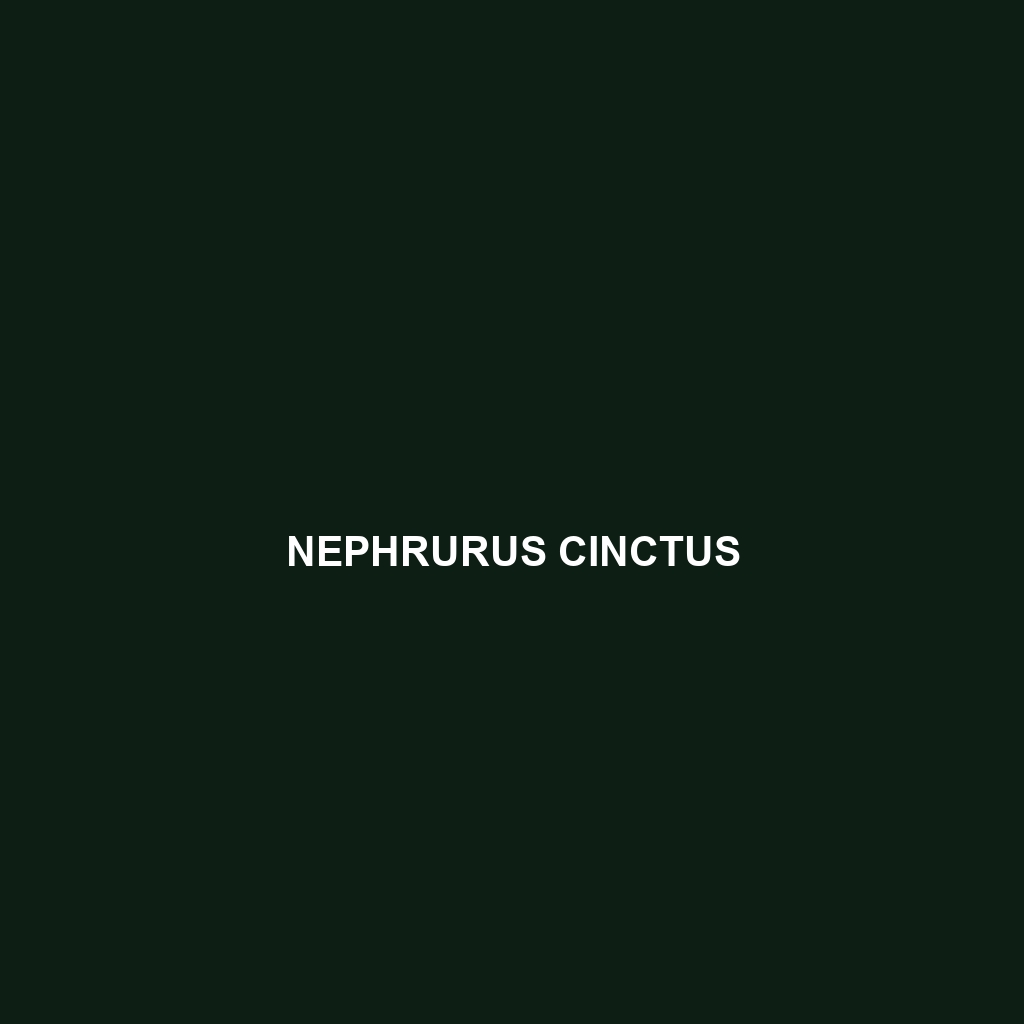<p><b>Ptenopus kochi</b>, also known as Koch's Ptenopus, is a nocturnal, omnivorous lizard native to the arid savannas and dry shrublands of southern Africa. With its sandy to light brown coloration, elongated body, and large webbed feet, it is expertly adapted for quick movement through its environment while playing a vital role in controlling insect populations and maintaining ecological balance.</p>
Tag: desert adaptations
Ptenopus kochi
<p><b>Ptenopus kochi</b>, also known as Koch's Ptenopus, is a nocturnal, omnivorous lizard native to the arid savannas and dry shrublands of southern Africa. With its sandy to light brown coloration, elongated body, and large webbed feet, it is expertly adapted for quick movement through its environment while playing a vital role in controlling insect populations and maintaining ecological balance.</p>
Phyllodactylus bordai
<p><b>Phyllodactylus bordai</b> is a small to medium-sized gecko, measuring 10 to 15 cm, found in the arid landscapes of South America. This nocturnal insectivore showcases striking camouflage with its mix of browns and tans, thriving in rocky terrains while playing a vital role in maintaining ecological balance.</p>
Phrynocephalus przewalskii
<p><b>Phrynocephalus przewalskii</b>, or Przewalski's toad-headed agama, is a small desert lizard measuring 10 to 15 cm, found in the arid regions of Central Asia. Adapted for survival in harsh climates, this insectivorous species possesses a flattened head for camouflage and burrowing, and plays a crucial role in regulating insect populations in its ecosystem.</p>
Phrynocephalus ornatus
Phrynocephalus ornatus, commonly known as the ornate toad-headed agama, is a resilient lizard native to the arid deserts and steppes of Central Asia. Known for its flattened body, vibrant coloration, and distinctive spade-like snout, this insectivorous species showcases unique behaviors and plays a vital role in its ecosystem, controlling insect populations while serving as prey for larger predators.
Panaspis namibiana
Discover the remarkable Panaspis namibiana, or Namibian skink, known for its streamlined body, excellent camouflage, and unique adaptations to the arid Namib Desert habitat. This diurnal insectivore plays a critical role in controlling insect populations and demonstrates intriguing behaviors such as using its tail as a decoy to escape predators.
Pachydactylus maraisi
Discover the <b>Pachydactylus maraisi</b>, a remarkable nocturnal reptile native to the arid regions of southern Africa, featuring distinctive thick toes for climbing rocky terrains and a diet primarily consisting of insects. Adapted to thrive in harsh environments, this species plays a vital role in its ecosystem by controlling insect populations while exhibiting impressive camouflage and survival strategies.
Nephrurus cinctus
<p>The <b>Nephrurus cinctus</b>, commonly known as the <b>sand-swimming gecko</b>, is a small to medium-sized gecko native to the arid regions of Australia, recognized for its unique sand-swimming abilities and nocturnal behavior. This insectivore thrives in sandy deserts and savannas, exhibiting a stocky body, flattened head, and distinctive dorsal coloration that provides excellent camouflage in its harsh habitat.</p>
Namibiana rostrata
<b>Namibiana rostrata</b> is a resilient omnivore native to the Namib Desert, known for its distinct elongated snout and sandy brown coloration, enabling effective camouflage in arid environments. This fascinating species exhibits nocturnal behavior, feeds on insects and plant material, and plays a vital role in maintaining ecological balance within its habitat.
Namibiana latifrons
The Namibiana latifrons, also known as the broad frons species, is a resilient omnivore native to the arid regions of southwestern Africa, known for its slender body, unique broad forehead, and adaptability to extreme environmental conditions in habitats like the Namib Desert. This fascinating species plays a crucial role in its ecosystem, contributing to the balance of food webs and promoting plant growth through its foraging habits.









